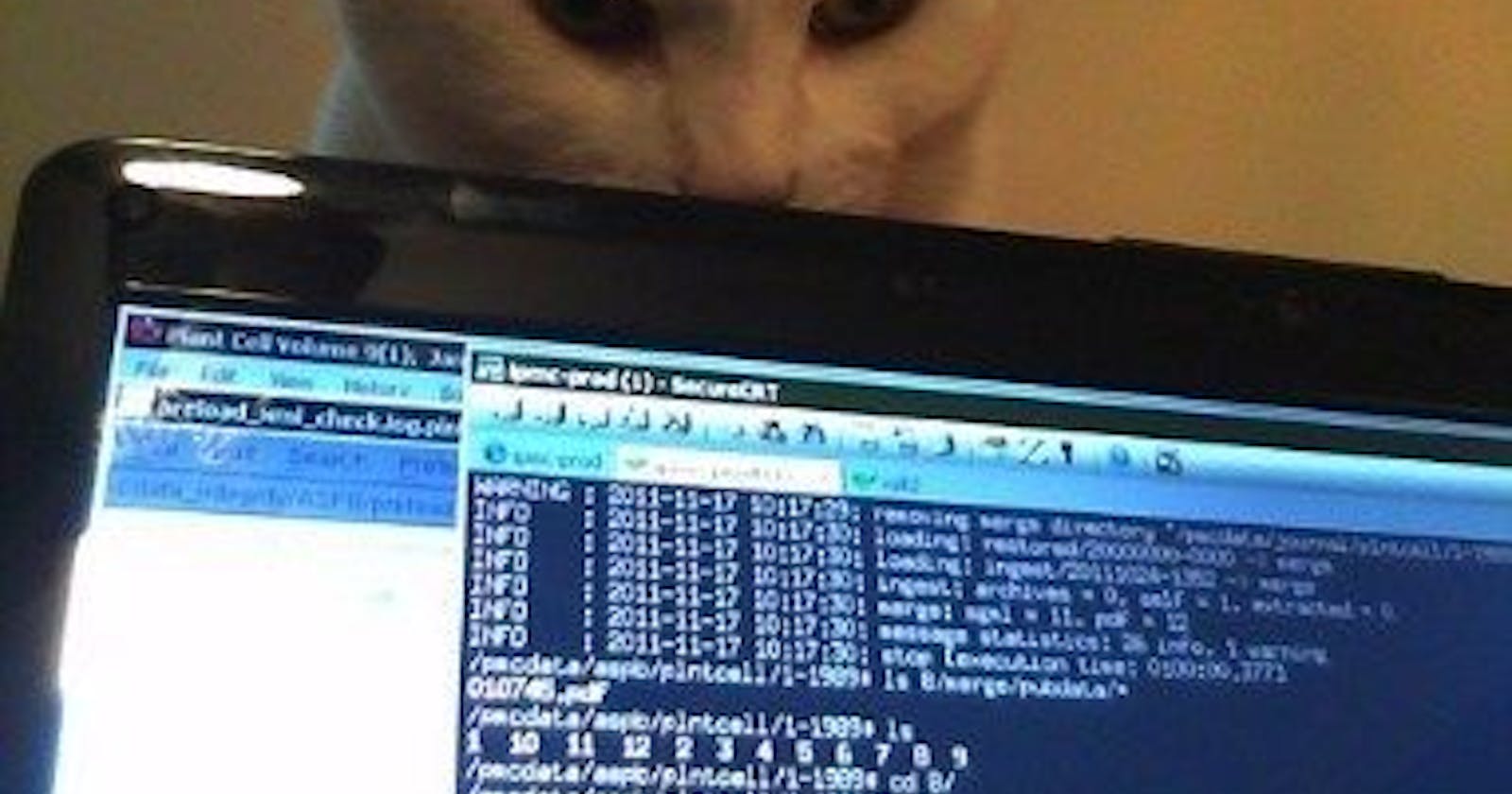Networking is a fundamental concept in computer science, enabling communication between devices over a variety of protocols and mediums. One of the key elements in networking is the use of sockets, which act as the endpoints for data communication. In this blog, we will explore the basics of sockets and delve into the world of UDP (User Datagram Protocol) with the help of a simple example – the SHOUT server.
Sockets*: The Building Blocks of Network Communication*
Sockets are Interface/programming abstraction that allow two processes (usually on different devices) to communicate with each other, much like the File interface for accessing the storage. They provide a way to send and receive data over a network or the Internet. Sockets come in two main flavours: TCP and UDP.
TCP (Transmission Control Protocol): TCP sockets provide a reliable, connection-oriented communication mechanism. Data sent over TCP is guaranteed to be delivered in the correct order and without loss. It's widely used for applications like web browsing and email.
UDP (User Datagram Protocol): UDP sockets provide a simpler, connectionless communication mechanism. Unlike TCP, UDP does not guarantee the order or reliability of data transmission. This makes UDP more suitable for real-time applications, such as video conferencing, online gaming, and networked sensors.
SHOUT Server*:*
Now, let's take a look at a simple example of a UDP server known as the SHOUT server. The SHOUT server receives a message from a client, converts it to uppercase, and sends it back to the client. Here's the server code:
import socket
server = socket.socket(socket.AF_INET, socket.SOCK_DGRAM)
server.bind(("0.0.0.0", 9999))
while True:
msg, address = server.recvfrom(4096)
server.sendto(msg.upper(), address)
This Python script creates a UDP socket, binds it to all available network interfaces (0.0.0.0) on port 9999, and enters an infinite loop to listen for incoming messages. When a message is received, it converts the message to uppercase using the upper() method and sends it back to the client using the sendto() method.
Testing the SHOUT Server
To test our SHOUT server, we can use a command-line utility like nc (netcat). The following command sends a message to the SHOUT server:
nc -u 127.0.0.1 9999
In this command, -u specifies UDP mode, 127.0.0.1 is the server's IP address, and 9999 is the port number. You can replace 127.0.0.1 with the IP address of your server if it's running on a different machine.
When you run this command, you can type a message and press Enter. The server will receive the message, convert it to uppercase, and send it back to you. It's a simple demonstration of how UDP sockets can be used for communication.
Conclusion
Sockets are a powerful tool for network communication, allowing devices to exchange data seamlessly. UDP provides a lightweight and efficient way to send and receive data when reliability and strict ordering are not critical. While it might be not the best abstraction but undeniably the most widely used.

